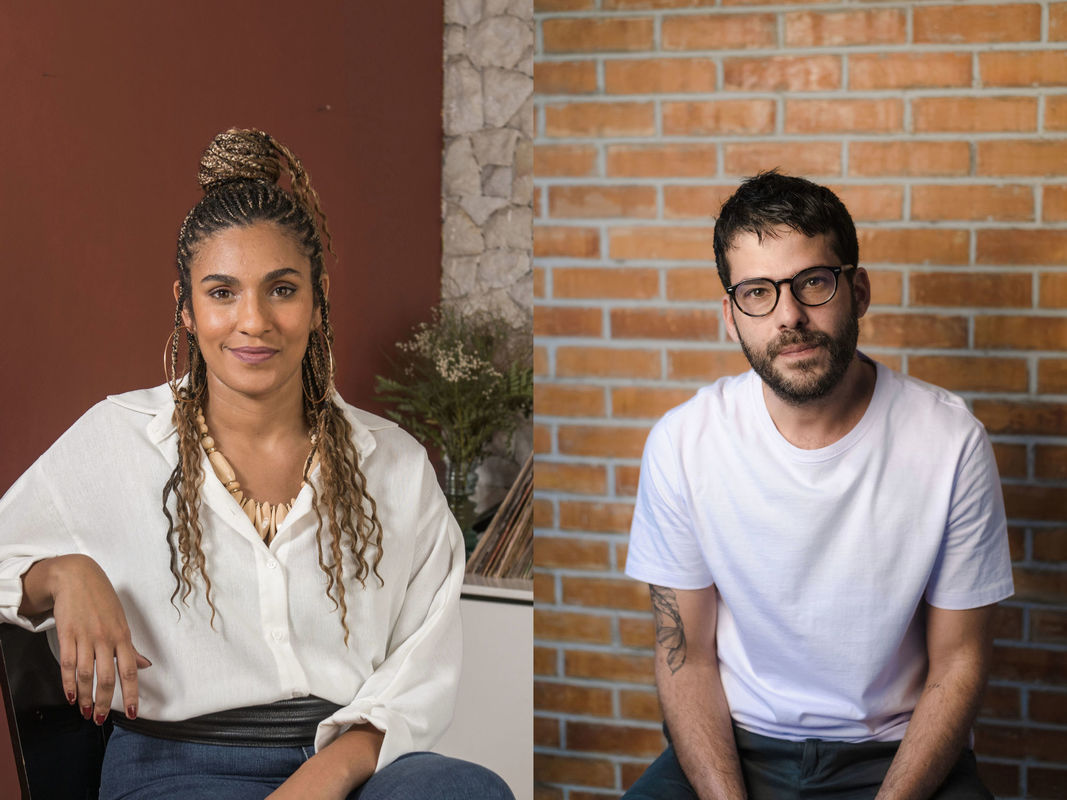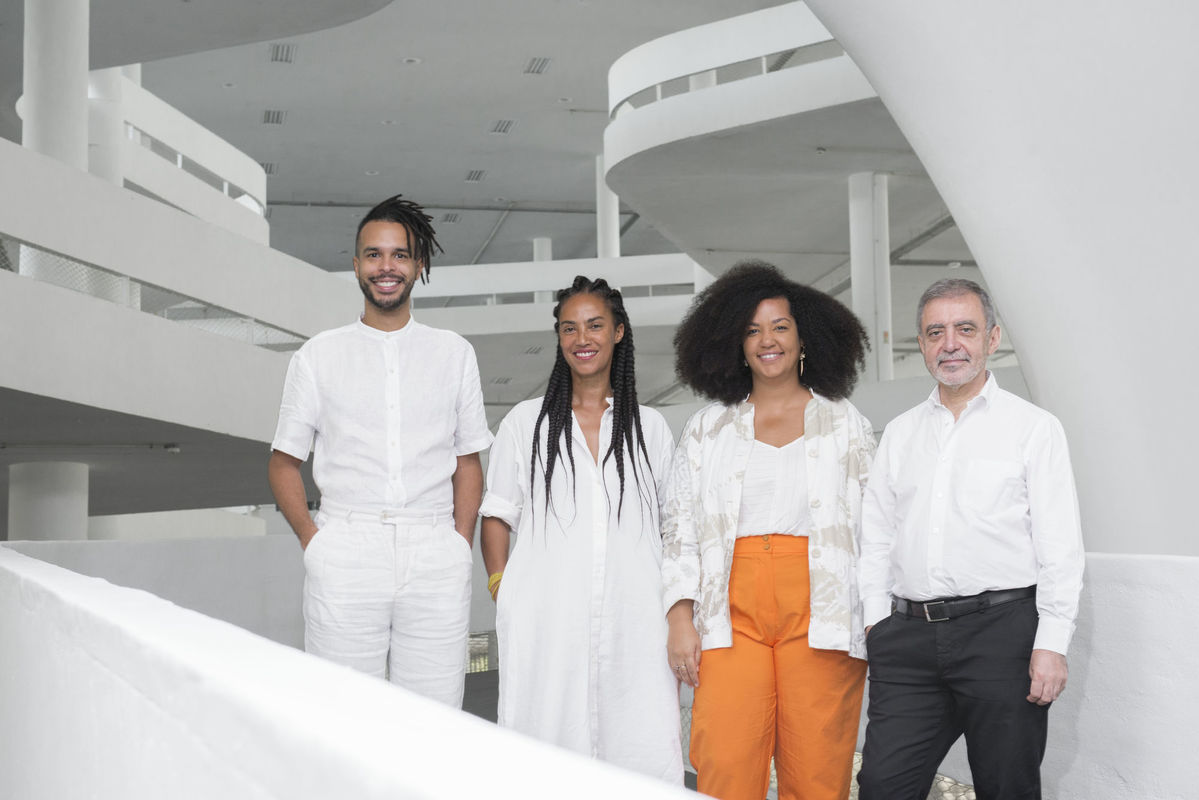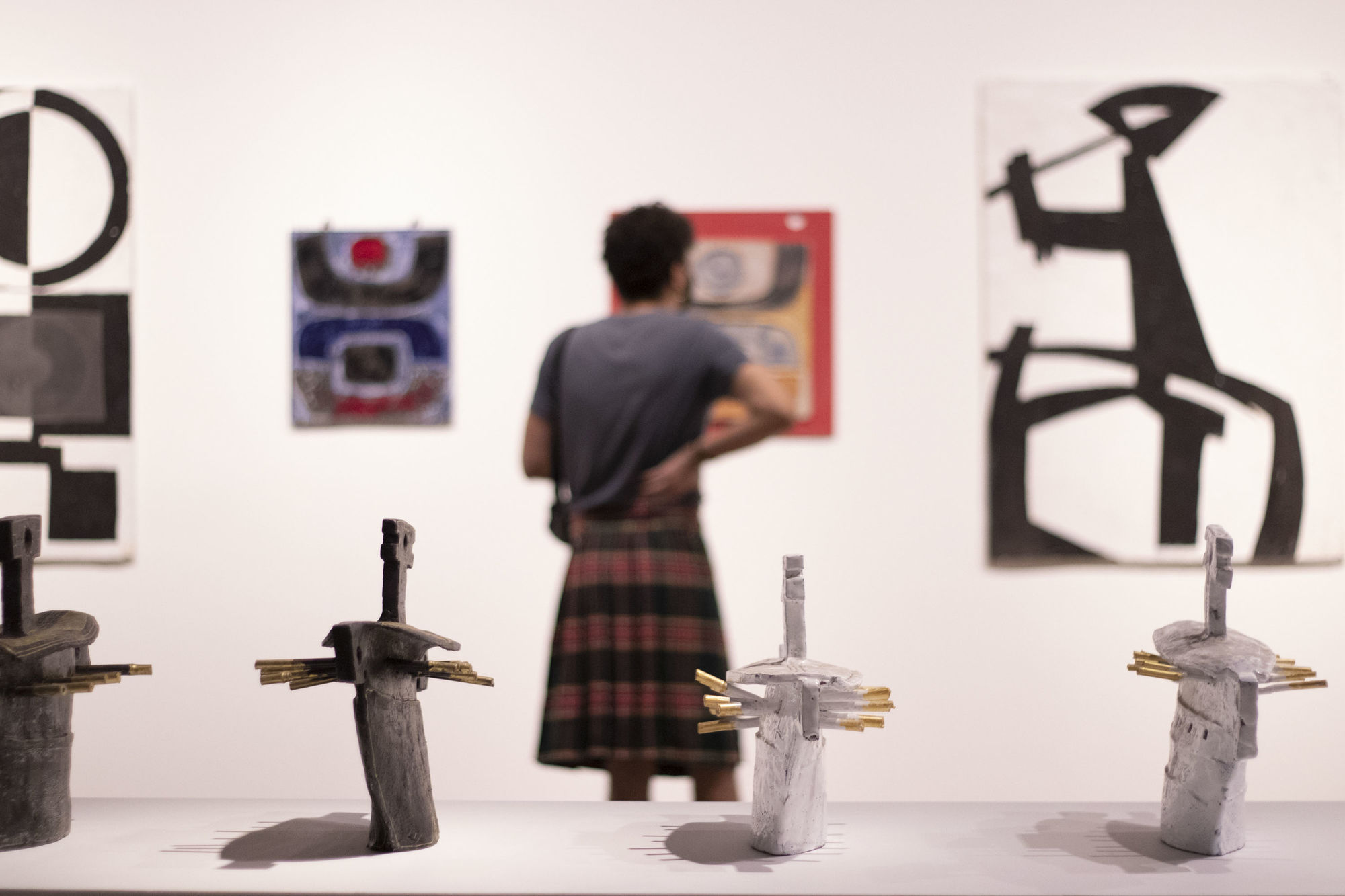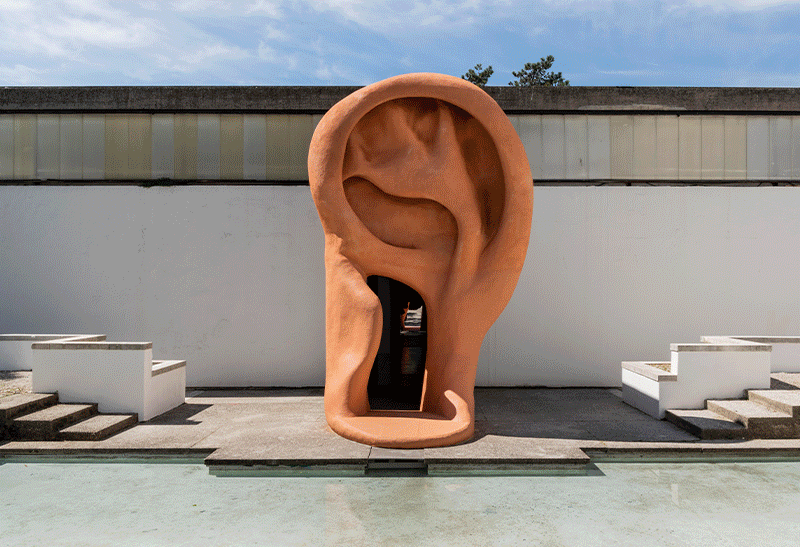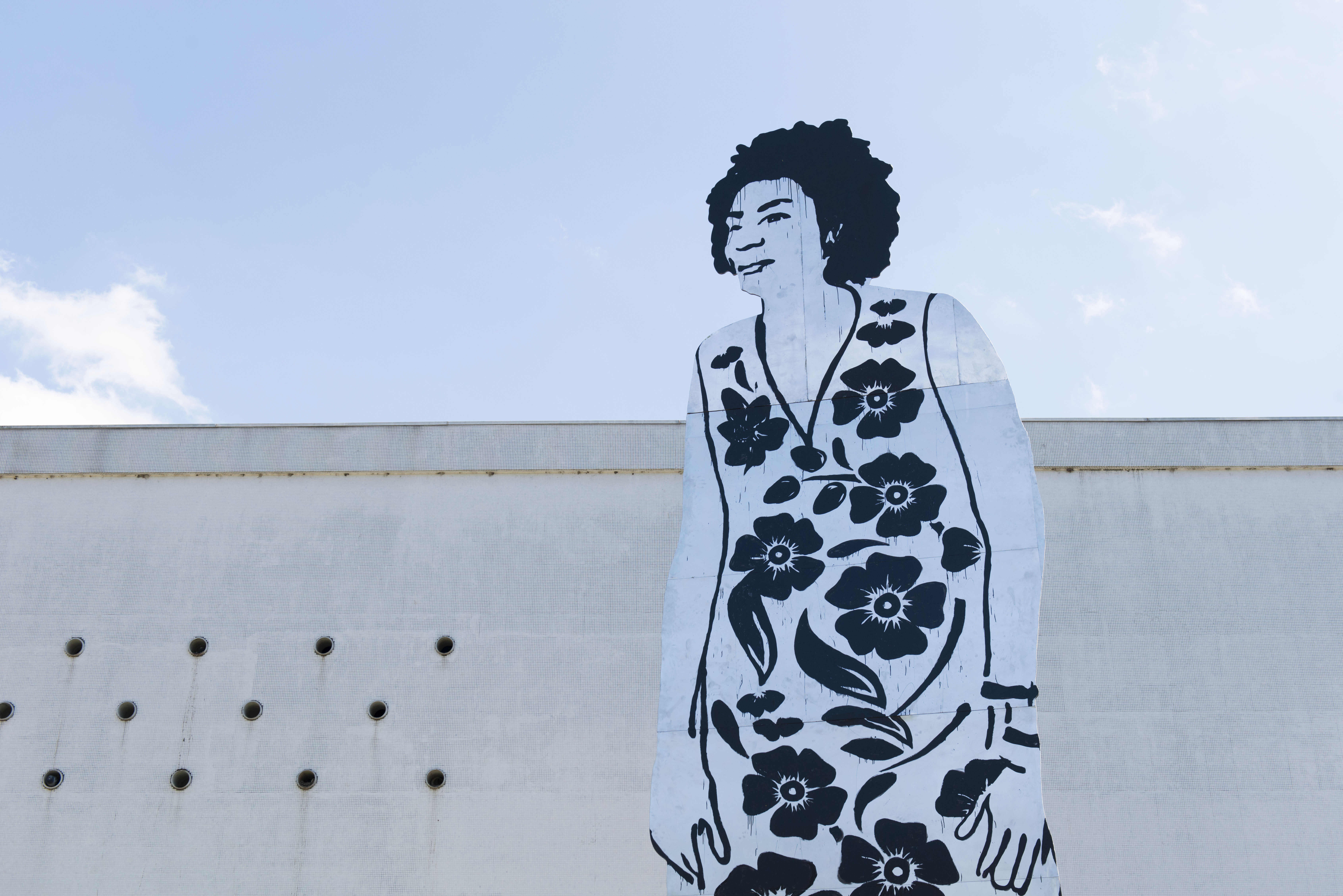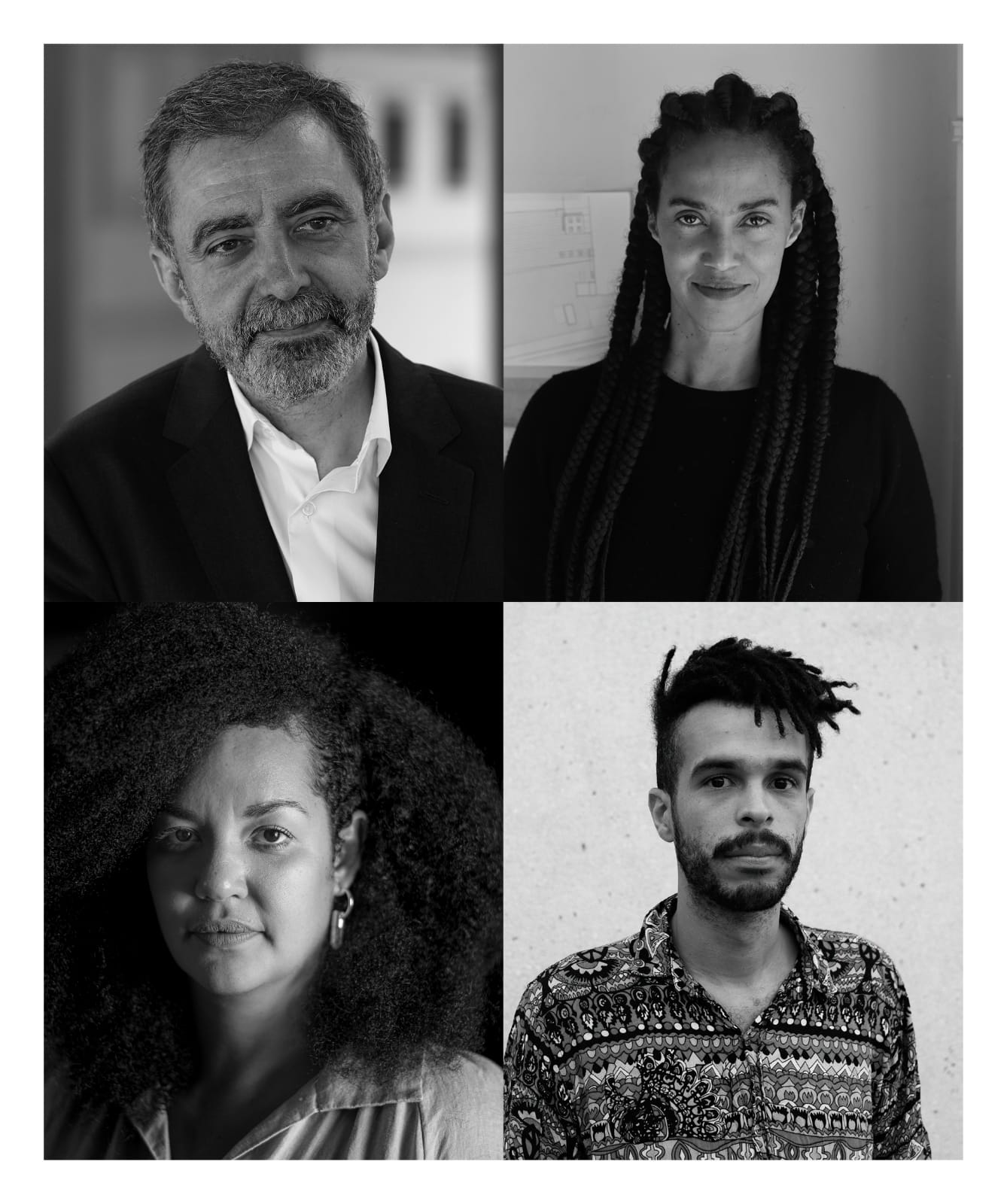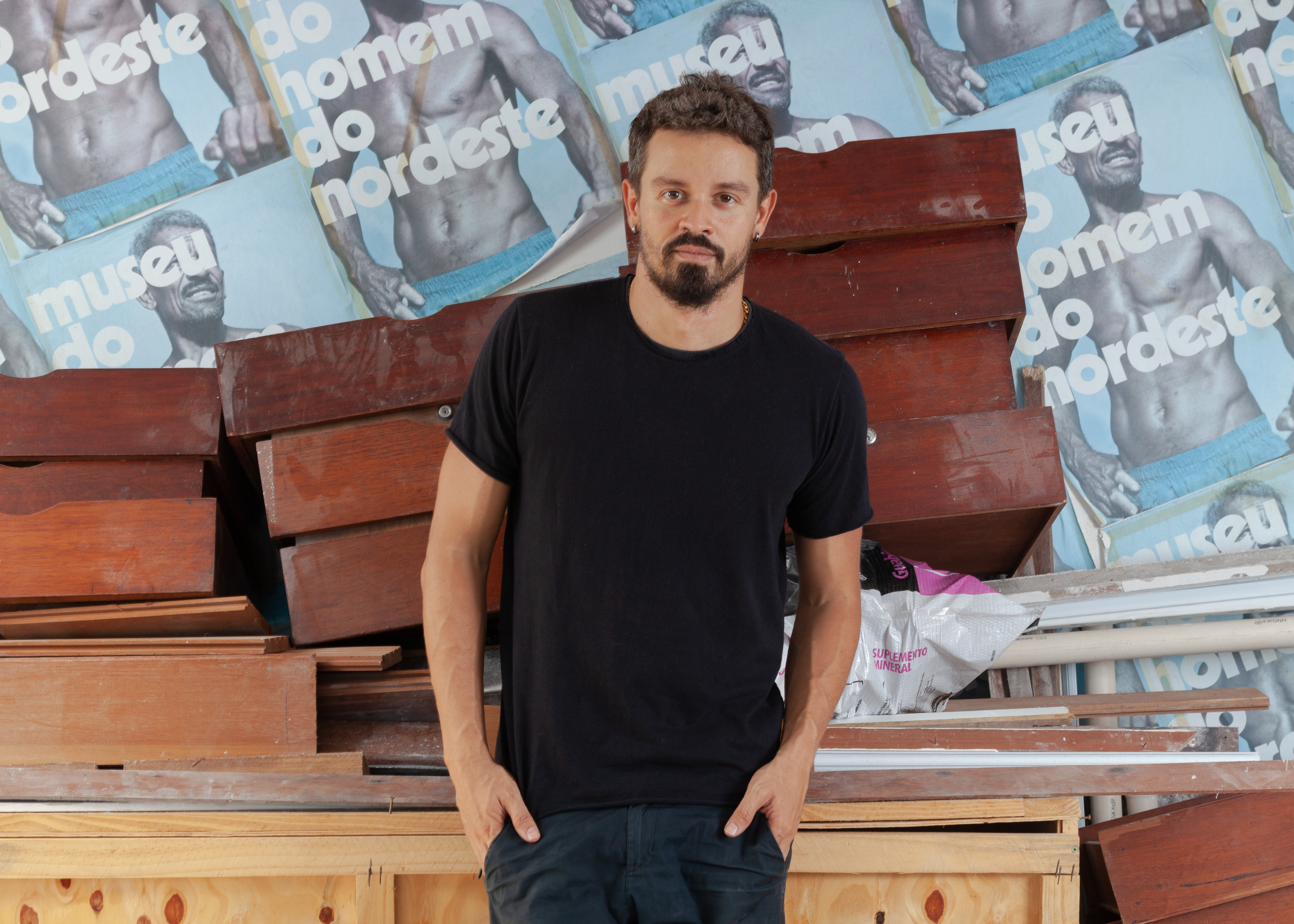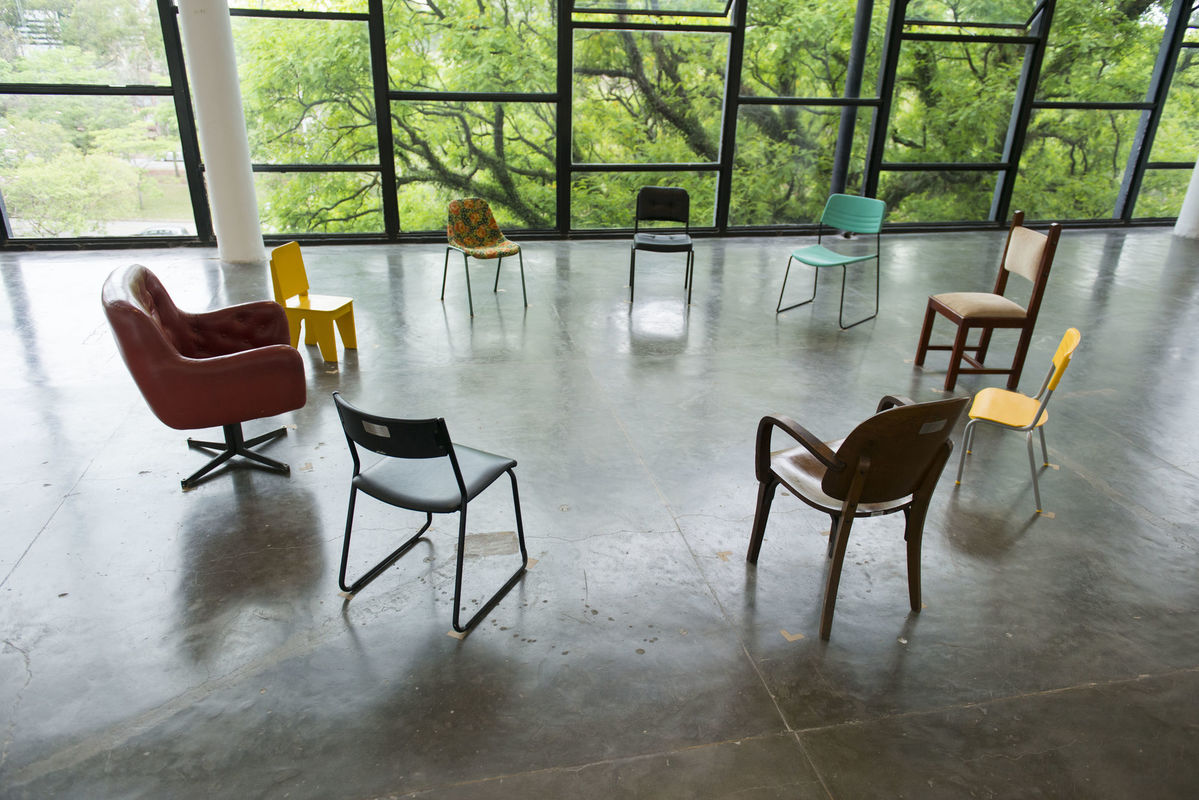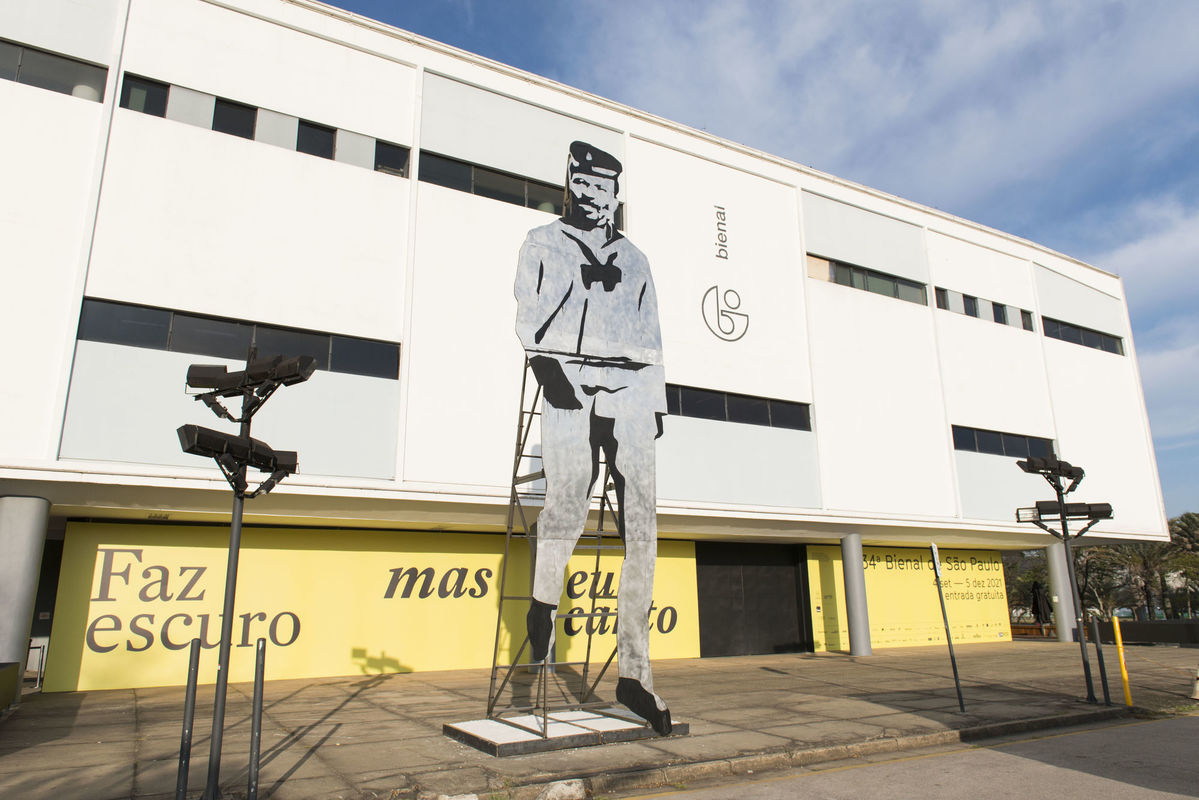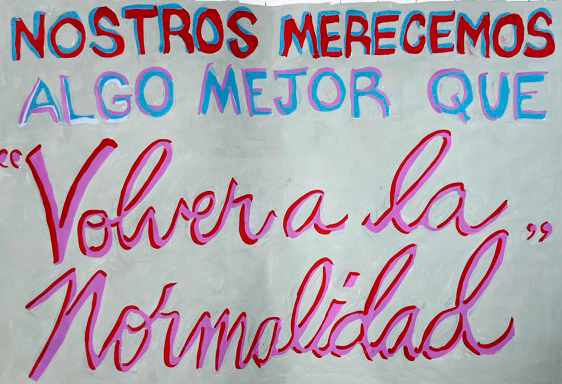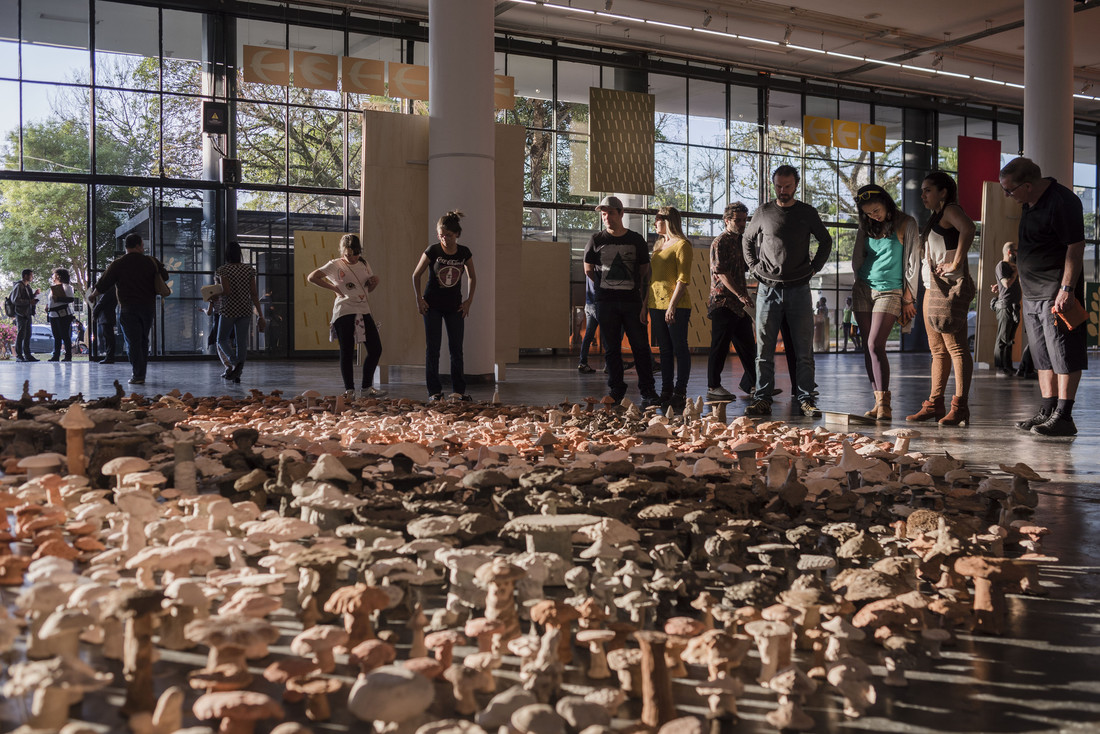
Curated by Gabriel Pérez-Barreiro (Spain, 1970), the 33rd Bienal de São Paulo – Affective Affinities closed its activities last Sunday, December 9, having received 736 thousand visitors. This edition of the largest visual arts event of Latin America adopted an innovative curatorial model apart from the standard single-theme model, opting instead for 12 solo projects selected by Pérez-Barreiro and seven group shows organized by artist-curators chosen by him: Alejandro Cesarco (Uruguay, 1975), Antonio Ballester Moreno (Spain, 1977), Claudia Fontes (Argentina, 1964), Mamma Andersson (Sweden, 1962), Sofia Borges (Brazil, 1984), Waltercio Caldas (Brazil, 1946), and Wura-Natasha Ogunji (USA/Nigeria, 1970).
The educational project of the 33rd Bienal was focused on attention, seeking to counterbalance the scattering of our concentration by the plethora of information and images that bombards us daily. The educational publication made for the show, Invitation to Attention, proposes exercises that invite people to be attentive to the experience with art, in everything from the encounter with the artwork to the sharing of reflections concerning it. With a print run of 10 thousand copies in Portuguese and 200 in English, and also available for free download, its use is not restricted to the Bienal, and can be applied to various other contexts. In this sense, more than 300 workers of Ibirapuera Park, spanning from gardeners to members of the city police force, participated in exercises of attention to artworks located in the park, ranging from sculptures to graffiti taggings.
Based on the contents of the 33rd Bienal and taking as a reference the history of the various editions of the Bienal de São Paulo, the Fundação Bienal carried out 147 educational actions, which will last to the end of 2019, for the occasion of the traveling shows of the 33rd Bienal. Aimed at professors, educators, students and professionals of different areas, the activities up to now have involved 4,200 participants. At the exhibition, in different visiting formats, such as laboratories and exercises of attention, the works of the 33rd Bienal were presented to visitors just as they are, without the need for them to be “decoded” according to a predetermined set of questions. The mediators conducted 1,866 guided visits at the 33rd Bienal for groups on a scheduled or walk-in basis, which counted with the participation of 54,200 people. Moreover, there were 395 guided visits accessible for people with visual, auditory or other sorts of special needs.
A free public program with more than 200 meetings, lectures, performances and activations of artworks took place weekly in the spaces of the 33rd Bienal. On Thursdays, the Affective Dis/re/organizations program held 12 meetings in the format of open conversations. In November, the Practices of Attention symposium featured 30 activities led by 28 artists, scientists, critics, authors and academics from Brazil and 11 other countries: Canada, Spain, the United States, France, England, Israel, Japan, Lithuania, Poland, the Dominican Republic and Turkey. The program, held in partnership with Sesc SP, was conceived by D. Graham Burnett and Stefanie Hessler and received 220 participants.
Communication and evaluation by the public
In the social networks, the Bienal’s posts reached 12,8 million timelines, with the engagement of 300,000 people and an average audience of 35,000 profiles per posting, indicating a significant enlargement of its reach. A total of 868,600 visits were made to the Bienal site during the period of the exhibition. In the national and international press, around 800 articles were published concerning the event.
According to Datafolha public opinion survey group, the 33rd Bienal enjoyed a high index of satisfaction, with 94% stating that they were satisfied with the current edition. The exhibition also had a high index of recommendation: on a scale of 0 to 10, it obtained the average grade of 8.9. “Art,” “culture,” “diversity” and “plurality” are the words most associated to the Bienal.
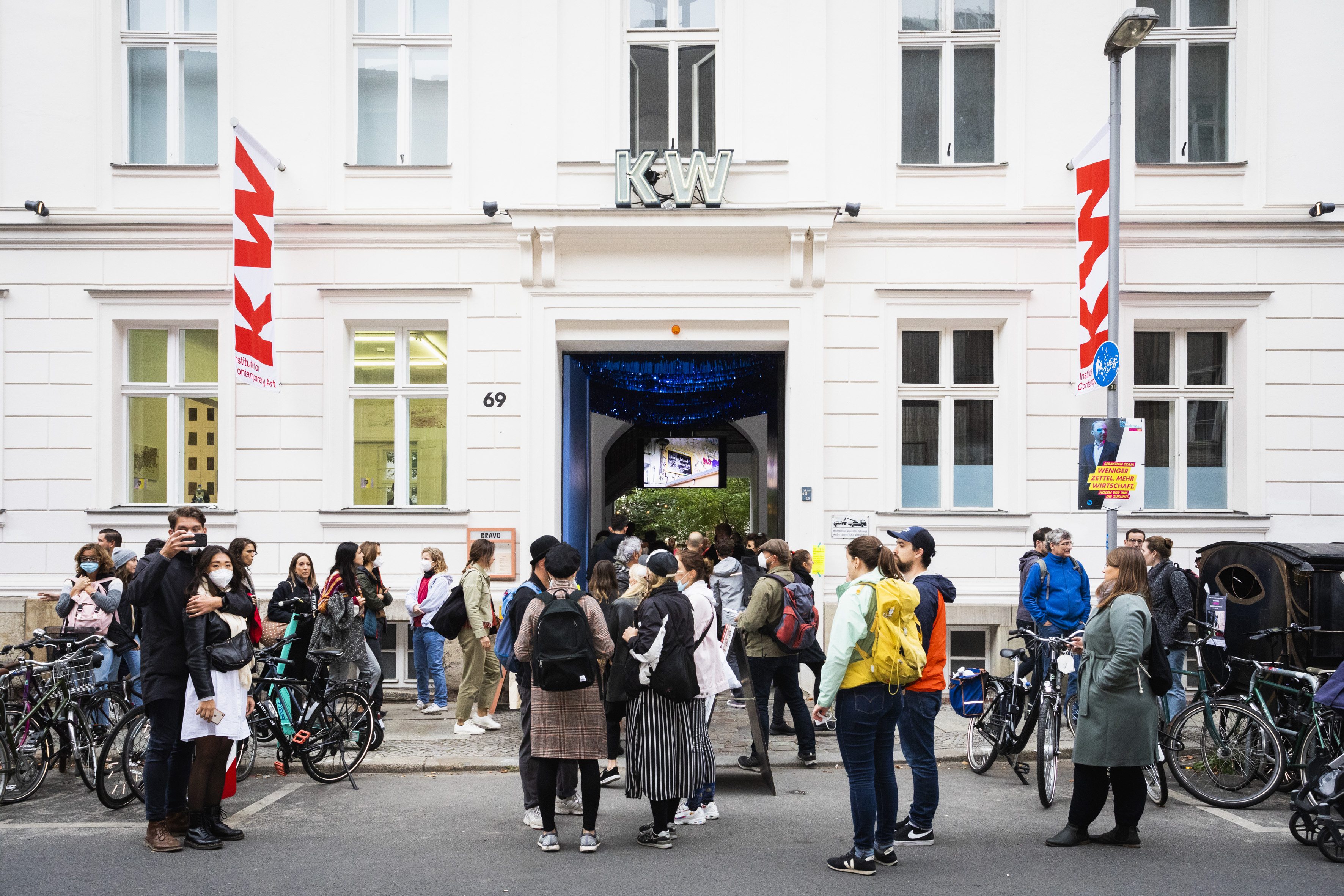

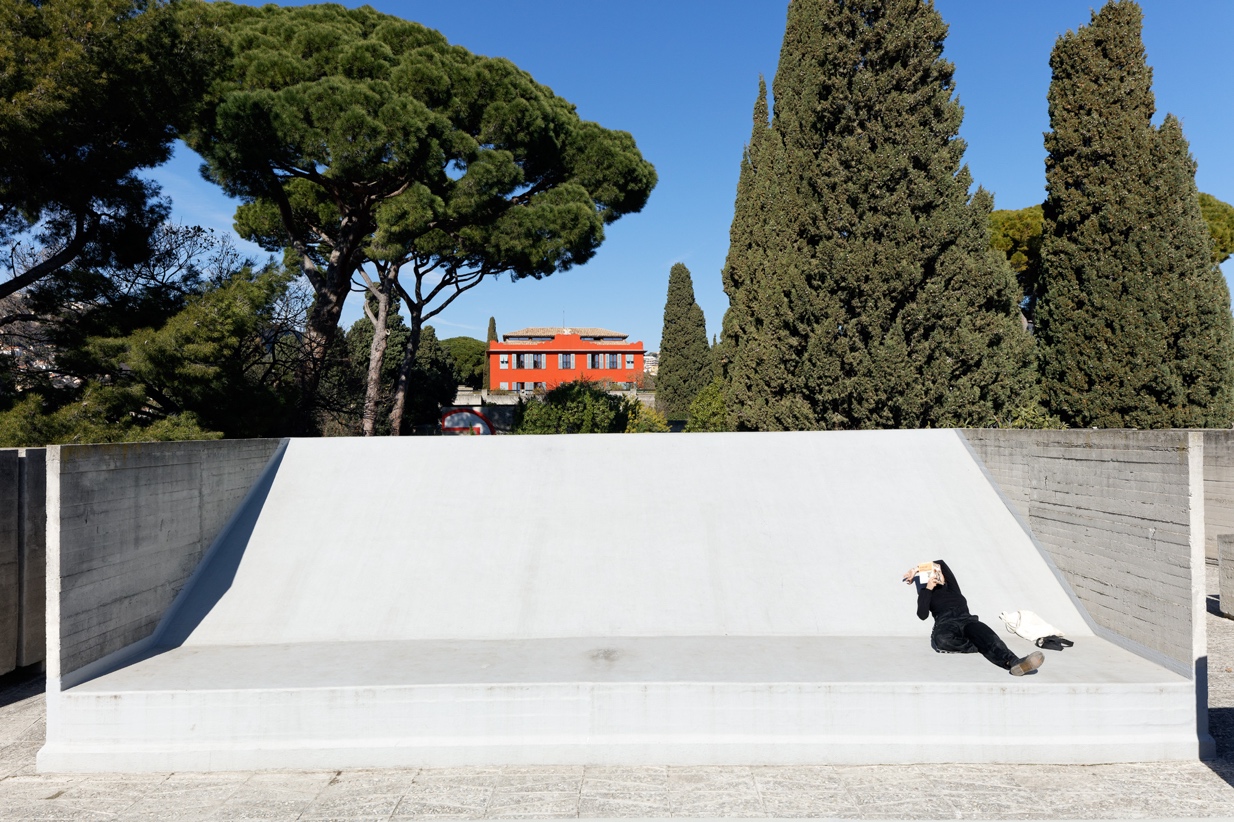
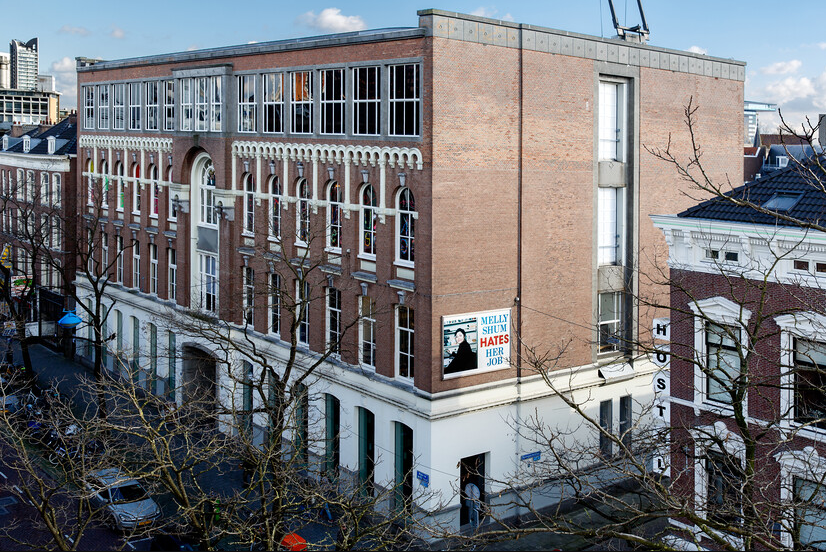

![View of the sculpture of the series Corte Seco [Dry cut] (2021), by Paulo Nazareth during the 34th Bienal de São Paulo. Commissioned by Fundação Bienal de São Paulo for the 34th Bienal de São Paulo](http://imgs.fbsp.org.br/files/81b3a05327e8559c64fc5cda09f3e1f8.jpg)
